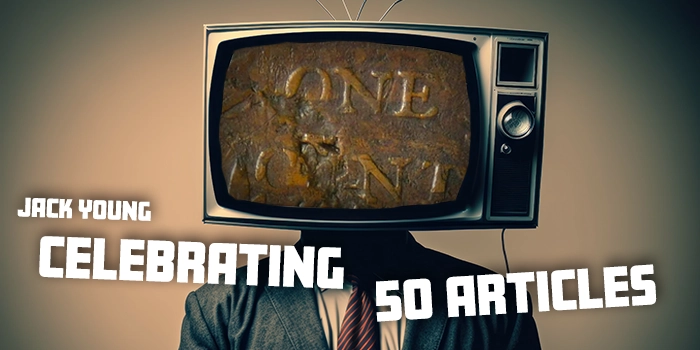
By Jack D. Young, Early American Coppers (EAC) ……
So, here we are at 50 CoinWeek articles and a new installment of the “Dark Corner”! In this article, I’ve gone back to the start of this madness for me and my EAC (Early American Coppers) roots: I will focus on the early copper counterfeits that made it into genuine TPG holders AND my Dark Side Collection.
I will start with the first variety we documented, the (in)famous 1798 “S-158” large cent. For each variety, I will show the genuine source coin for the fake dies (if known), the slabbed-as-genuine examples, and the attribution points for the clones.
Note: This will be a first for these articles, as I will illustrate the Dark Corner/ Dark Side Collection examples in the actual TPG holders in a redacted format.
So, the 1798 “S-158” large cent – starting with the source coin:
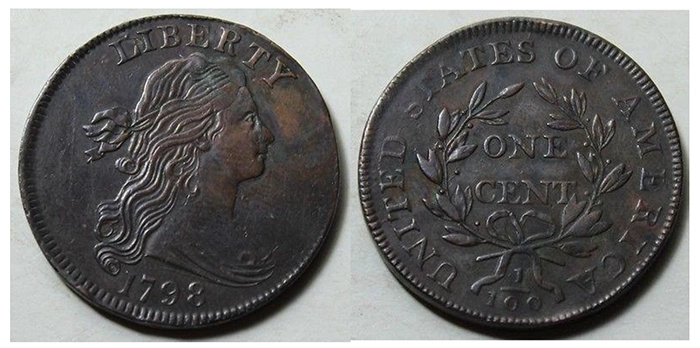
This example was apparently repaired and tooled and then used to make the counterfeit dies. The later-die-state die breaks to the left of the profile are stronger than seen on the known counterfeits, but the reverse die breaks have been tooled away and the “Y” of LIBERTY lengthened.
The Dark Corner examples:
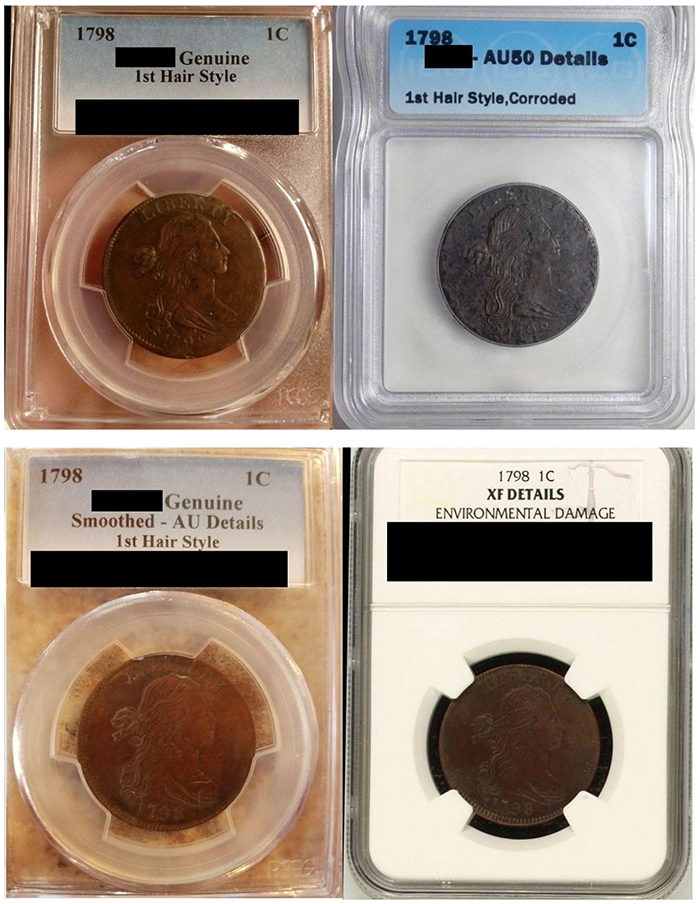
The last two images are the same example – two swings and misses. The attribution points for the fakes:

For the 1796 “S-85” large cent, the genuine example was heavily repaired prior to making the counterfeit dies:

The repaired example on the right was submitted to a TPG but not slabbed. Its location is still unknown at this time.
The attribution points for these are as follows:
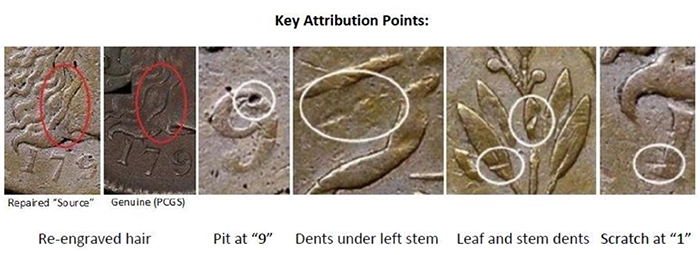
The Dark Corner examples:

The example on the left was purchased from a coin shop in California; the seller had several other varieties of these now-known deceptive counterfeit coppers. The one on the right was the discovery example and has a star in front of the face! It helped prove the theory that counterfeiters used cull large cents as planchets for some of the first copper examples struck. It is struck over a later date large cent and documented in other of my CoinWeek Dark Corner articles.

For the 1797 “S-136” large cent, there are three known examples; only one is slabbed genuine. The source coin has not been determined, but the Dark Corner example is as follows:

The key attribution points for these:

And the last large cent variety for this installment is the 1797 “S-139”. Only one counterfeit example has been identified along with the probable genuine source example.

The source example was sold through a major auction house; the Dark Corner struck clone has been through three TPGs as follows:

And the key attribution points:

On to a couple of half cents starting with the 1805 “C-4” and the source example:
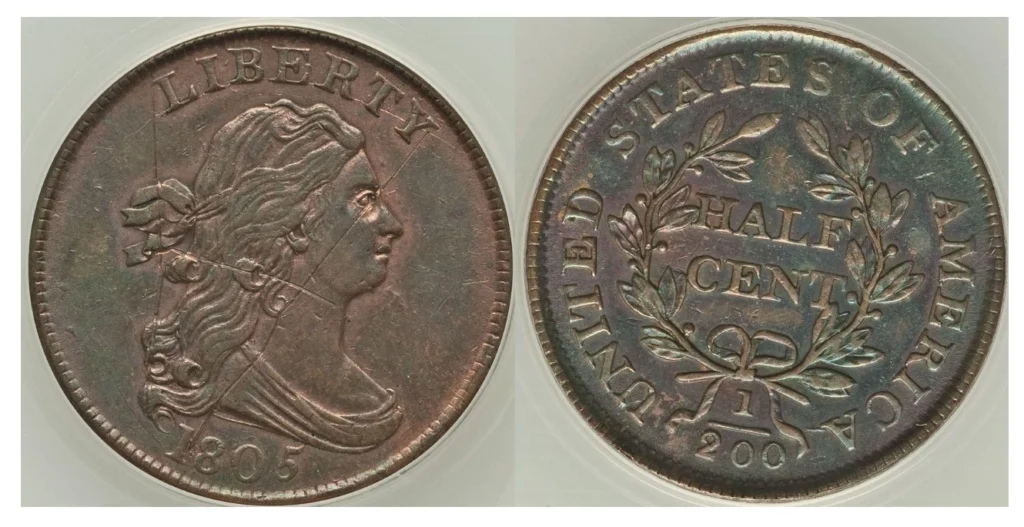
And the Dark Corner example – same counterfeit copper, similar TPG opinion!

And the attribution keys:

And last but not least, the prolific 1806 “C-1” half cent! The source coin is almost like a “Where’s Waldo” of reverse marks:
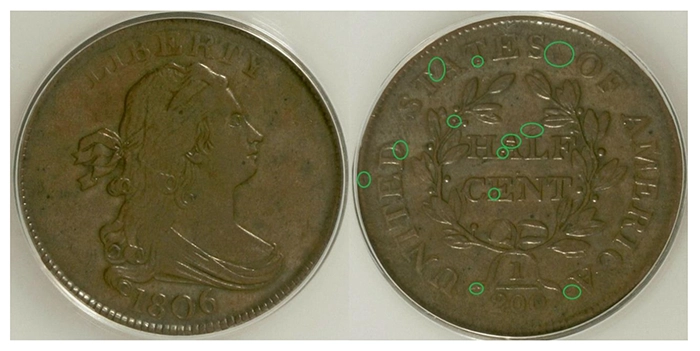
And common attribution points:

And the Dark Corner examples:
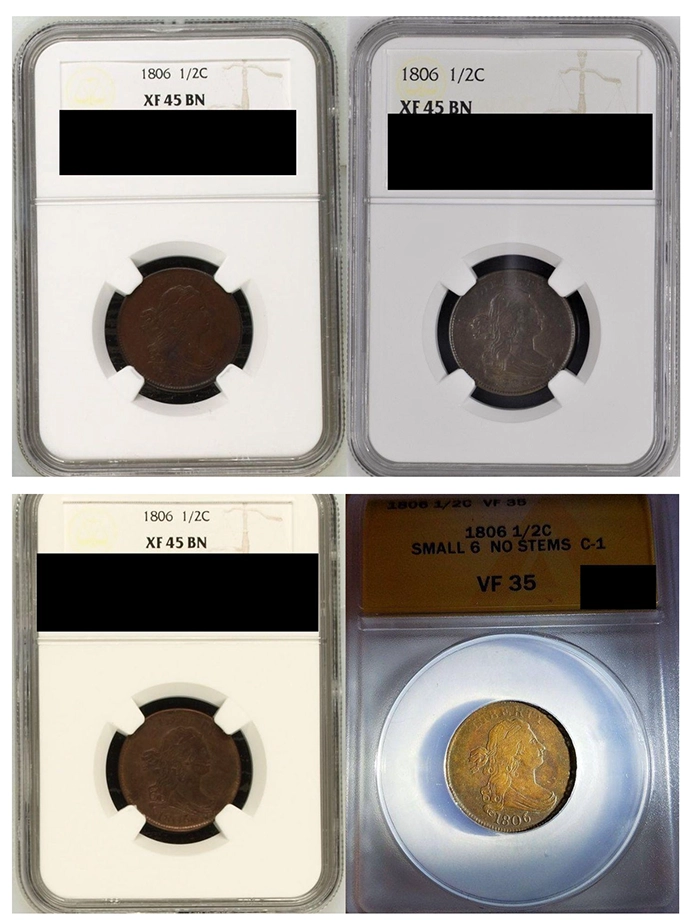
And from a very respected long-time EAC member, these attribution cards:

Hope you all enjoyed the ride!
As always, the research on this one and all of the others has been a team effort, with friends and fellow members of Early American Coppers (EAC) and the Dark Side Group on Facebook instrumental in the effort as well as others, especially my Wife (who puts up with me and this)!
And again, should you see one “out there” report it! There are several unaccounted for…
Best as always,
–Jack
MORE Articles on Counterfeit Coins by Jack D. Young
* * *




